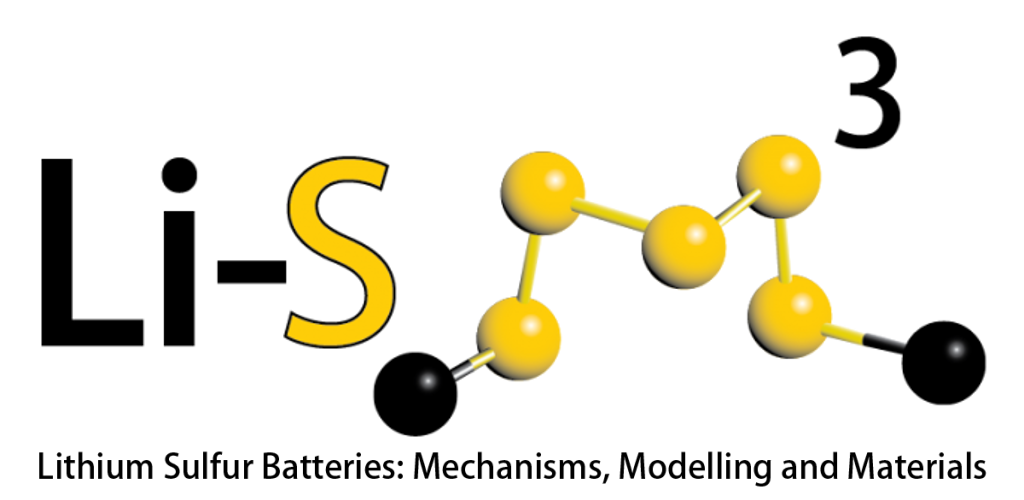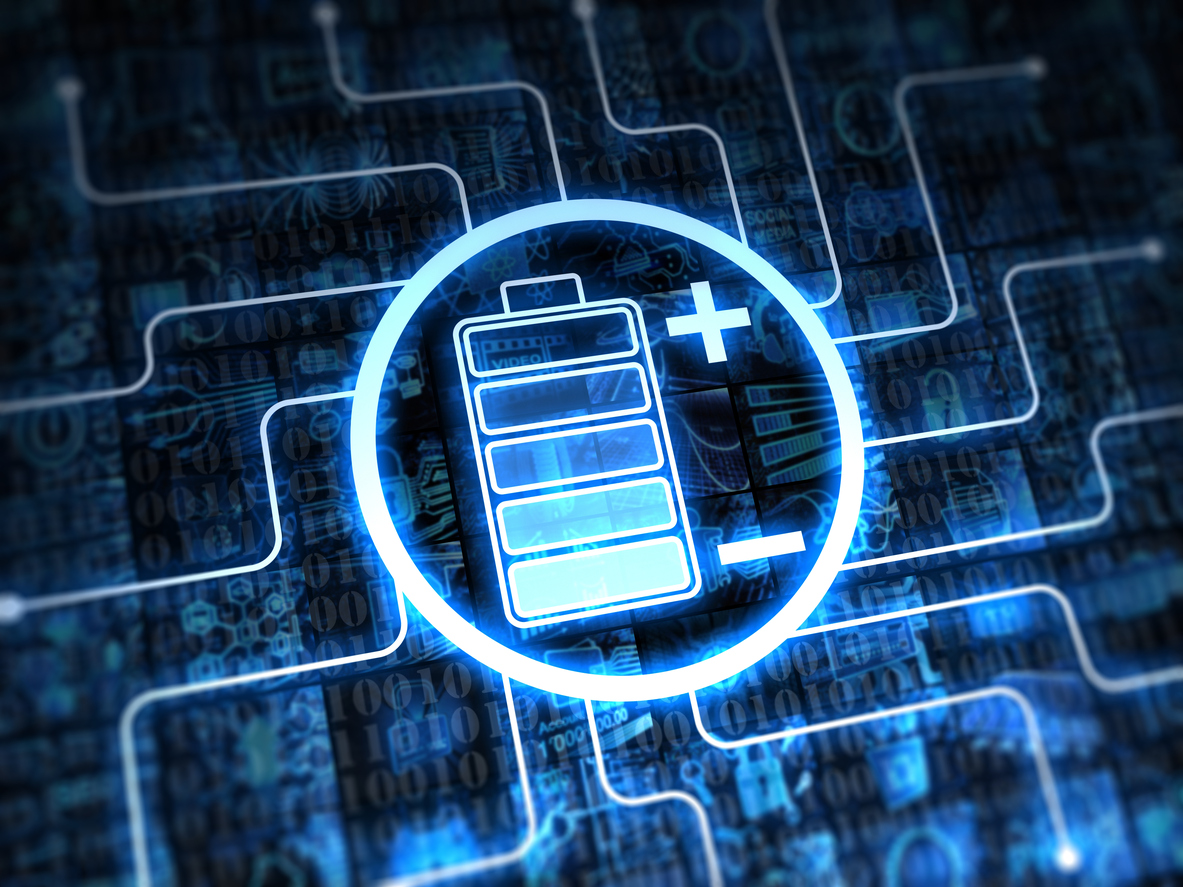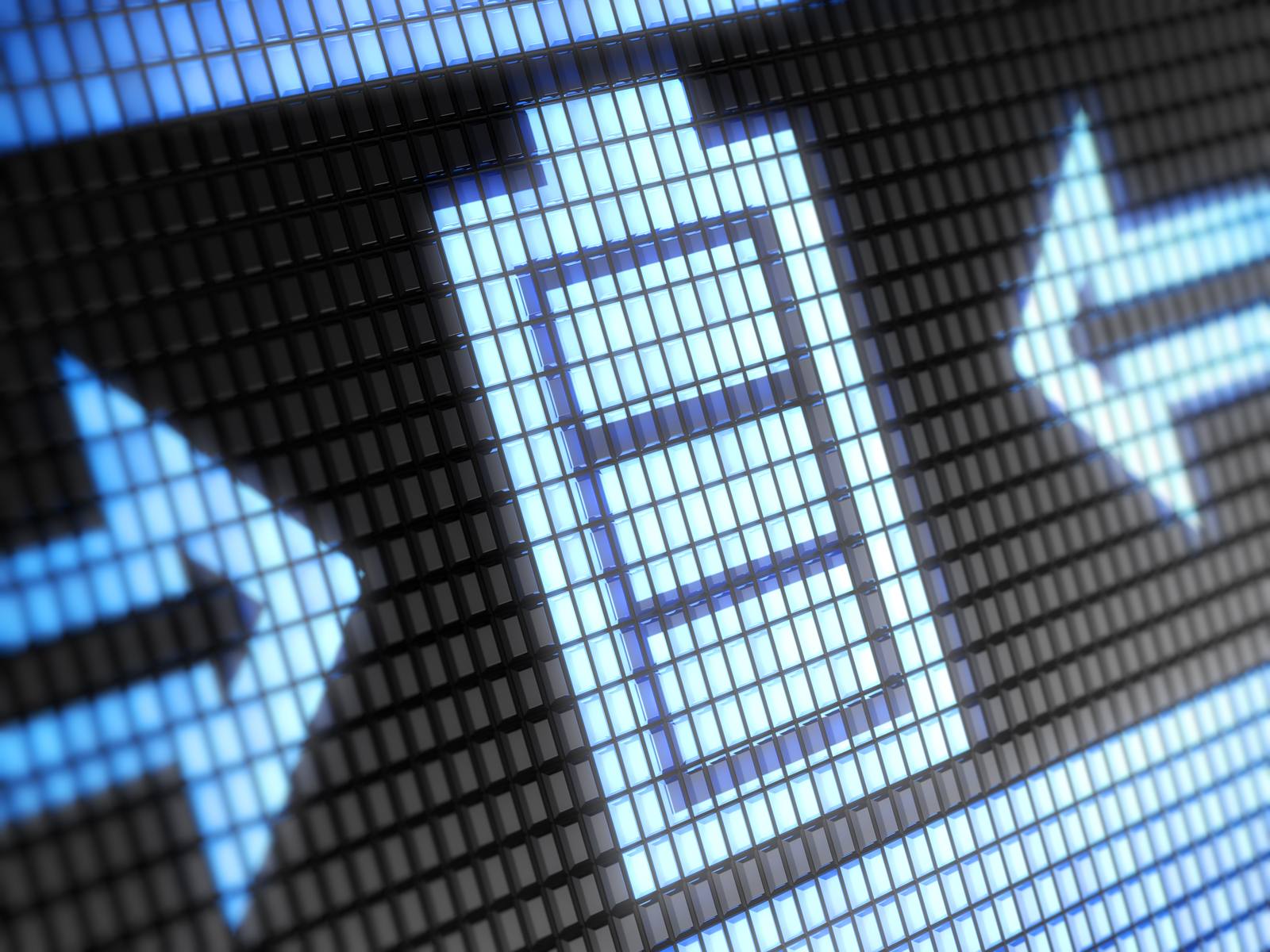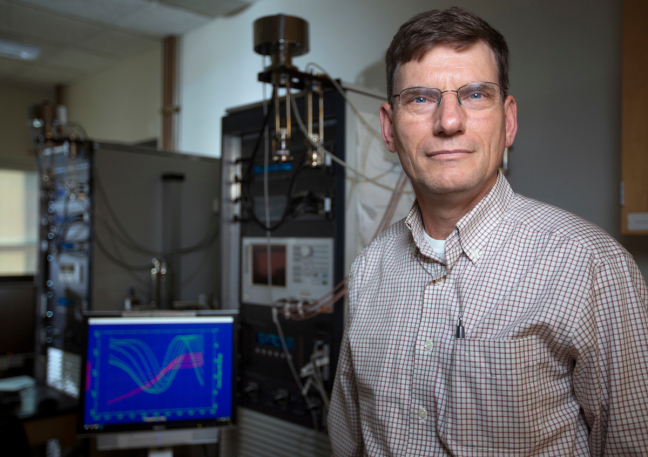 The ECS Toyota Young Investigator Fellowship kicked off in 2014, establishing a partnership between The Electrochemical Society and Toyota Research Institute of North America, aimed at funding young scholars pursuing innovative research in green energy technology.
The ECS Toyota Young Investigator Fellowship kicked off in 2014, establishing a partnership between The Electrochemical Society and Toyota Research Institute of North America, aimed at funding young scholars pursuing innovative research in green energy technology.
The proposal deadline for the year’s fellowship is Jan. 31, 2017. Apply now!
While you put together your proposals, check out what Patrick Cappillino, one of the fellowship’s inaugural winners, says about his experience with the fellowship and the opportunities it presented.
The Electrochemical Society: Your proposed topic for the ECS Young Investigator Toyota Fellowship was “Mushroom-derived Natural Products as Flow Battery Electrolytes.” What inspired that work?
Patrick Cappillino: This research was inspired by a conversation with a colleague. I was relating the problem of redox instability in flow battery electrolytes. He told me his doctoral work had focused on an interesting molecule called Amavadin, produced by mushrooms, that was extremely stable and easy to make. The lightbulb really went off when we noticed that the starting material was the decomposition product of another flow battery electrolyte that has problems with instability.



 Lithium-ion batteries supply billions of portable devices with energy. While current Li-ion battery designs may be sufficient for applications such as smartphones and tablets, the rise of electric vehicles and power storage systems demands new battery technology with new electrode materials and electrolytes.
Lithium-ion batteries supply billions of portable devices with energy. While current Li-ion battery designs may be sufficient for applications such as smartphones and tablets, the rise of electric vehicles and power storage systems demands new battery technology with new electrode materials and electrolytes. Recent safety concerns with lithium-ion batteries exploding in devices such as the Samsung Galaxy Note 7 phone and
Recent safety concerns with lithium-ion batteries exploding in devices such as the Samsung Galaxy Note 7 phone and  Twenty-sixteen marked the 25th anniversary of the commercialization of the lithium-ion battery. Since Sony’s move to commercialize the technology in 1991, the clunky electronics that were made possible by the development of the transistor have become sleek, portable devices that play an integral role in our daily lives – thanks in large part to the Li-ion battery.
Twenty-sixteen marked the 25th anniversary of the commercialization of the lithium-ion battery. Since Sony’s move to commercialize the technology in 1991, the clunky electronics that were made possible by the development of the transistor have become sleek, portable devices that play an integral role in our daily lives – thanks in large part to the Li-ion battery.